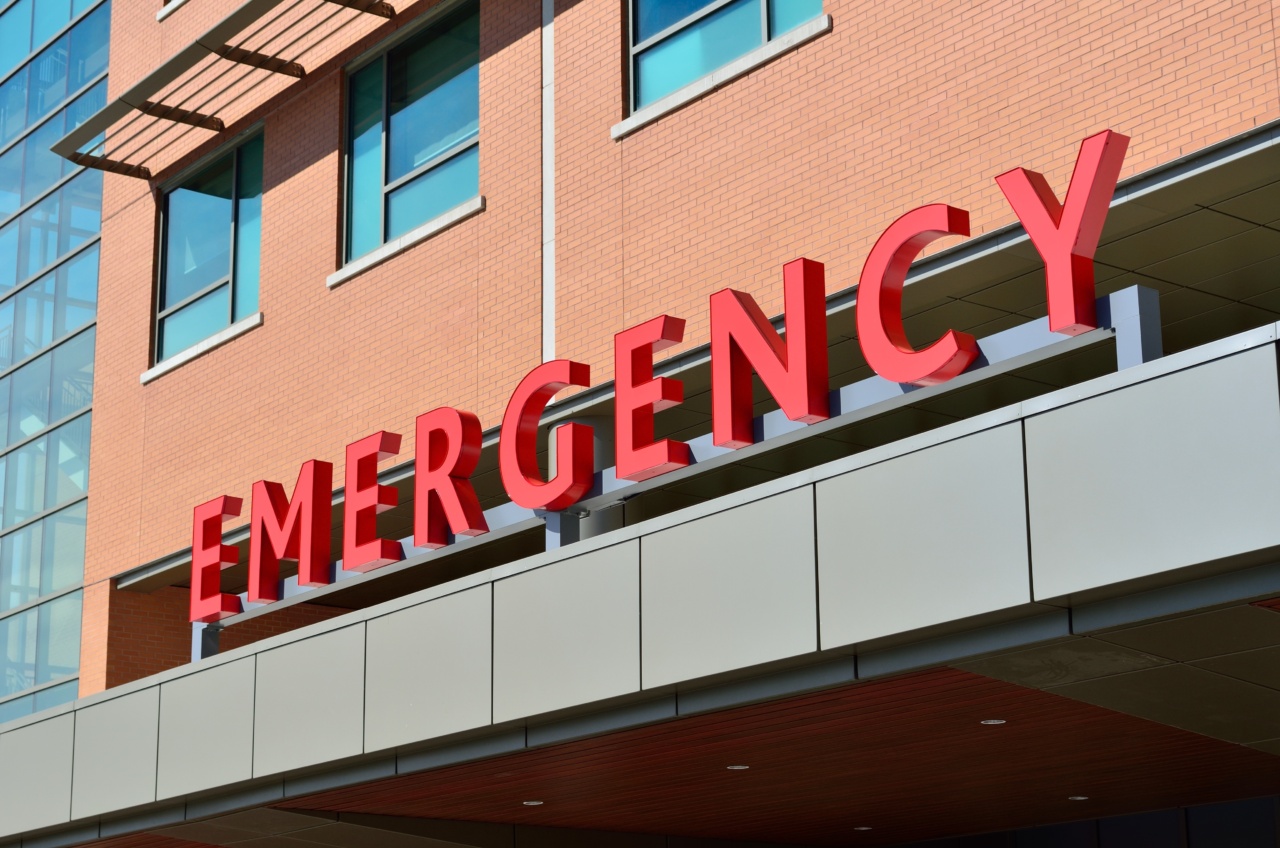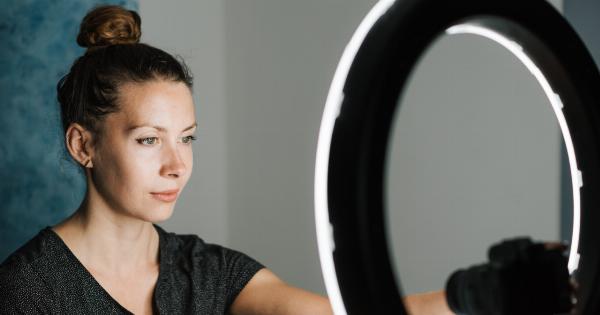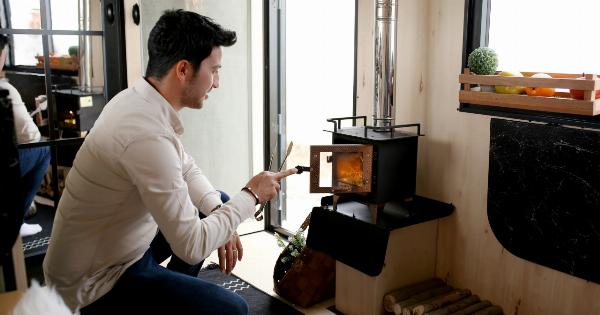Sick Building Syndrome (SBS) is a term used to describe a situation in which people experience a range of symptoms or illnesses supposedly caused by a particular building.
Symptoms include headaches, dizziness, fatigue, dry skin, and irritations in the nose, eyes, and throat. They tend to disappear when people leave the affected area. The causes of the symptoms are difficult to determine, but many researchers believe that they arise from the air quality, temperature, humidity, or lighting in the building.
This article will explore some of the potential culprits behind SBS and how to prevent it.
Air Quality
Airborne contaminants and pollutants are one of the primary causes of SBS. The quality of indoor air is affected by several factors, including inadequate ventilation, poor filtration, and the presence of volatile organic compounds (VOCs).
Inadequate ventilation: Poor ventilation can cause the buildup of CO2, which can cause respiratory problems and headaches. Symptoms worsen over time due to the lack of fresh air.
Poor filtration: The quality of air is often affected by the materials used in the ventilation system.
If the filters are not maintained correctly, they can become breeding grounds for mold, bacteria, and other microorganisms, all of which can cause respiratory problems.
Presence of volatile organic compounds (VOCs): VOCs are organic chemicals that can evaporate at room temperatures. They are released by various products in the building, including cleaning agents, paint, adhesives, and furnishings.
When inhaled, VOCs can cause several health issues. People who are exposed to high levels of VOCs may experience headaches, respiratory problems, dizziness, and even cancer.
Temperature and Humidity
Temperature and humidity can also cause SBS. Poorly controlled heating, ventilation, and air conditioning (HVAC) can cause humidity to build up, resulting in mold and bacteria growth that can cause coughing, sneezing, and respiratory problems.
Changes in temperature can also cause headaches and other symptoms.
Lighting
The type of lighting used in a building can also cause SBS. Overexposure to fluorescent lighting is a potential cause of migraines and headaches.
Some people are also sensitive to the flicker caused by fluorescent lights, which can cause eyestrain and other problems.
Preventing Sick Building Syndrome
Preventing Sick Building Syndrome requires addressing the causes of the symptoms. Here are some tips to help you prevent SBS:.
Improve ventilation
Ensure that the building has sufficient ventilation systems to allow for the proper circulation of air. Regular maintenance of HVAC systems will prevent the buildup of contaminants like mold and bacteria.
Improve air quality
Improve the quality of indoor air by monitoring the materials used in the building, as well as using air purifiers and filters to remove airborne contaminants and pollutants.
Control Temperature and Humidity
Ensure that the HVAC systems are properly maintained and regulated to keep the proper temperature and humidity levels. Controlled humidity will prevent the growth of mold and bacteria.
Control Lighting
Avoid overexposure to fluorescent lighting by using natural light where possible. Use low flicker LED lights, which will reduce the strain on eyes, and other related symptoms.
Use proper cleaning methods
Use eco-friendly cleaning agents that will not release VOCs that can harm the quality of indoor air. Regularly vacuum and dust areas to avoid the buildup of indoor pollutants.
Conclusion
In conclusion, Sick Building Syndrome is a potentially serious condition that can cause health problems for those who spend long periods in buildings that have air quality, humidity, temperature, and lighting issues. However, it is preventable.
Addressing the causes of SBS is essential to ensure a safe and healthy environment for building occupants.





























